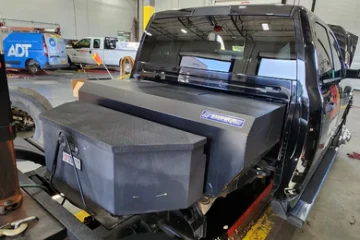As temperatures drop, it’s crucial to ensure your HVAC system is ready to handle the colder months. Proper winter preparation can save you money, prevent breakdowns, and maintain indoor comfort.
Essential Winterization Steps
- Clean or Replace Air Filters: A filthy filter reduces airflow, lowering efficiency and possibly harming your Check and replace filters as necessary.
- Schedule Professional HVAC Maintenance: Annual tune-ups can identify potential issues before they become major
- Inspect and Seal Ductwork: Ensure there are no leaks or gaps in your ductwork to prevent energy
- Check Thermostat Settings: Switch to the “heat” setting and verify accurate temperature
- Clear Outdoor Unit: Remove debris like leaves and branches from around the outdoor unit to prevent
- Insulate Pipes: Protect exposed pipes from freezing temperatures to prevent costly
- Test Your System: Run your heating system to ensure it’s working properly before winter’s full force
By following these steps, you can help ensure your HVAC system operates efficiently and reliably throughout the winter months.
Deeper Dive: Protecting Your Outdoor Residential HVAC Unit
While many people focus on indoor preparations, safeguarding your outdoor HVAC equipment is also critical for peak winter performance.
Protecting Your Outdoor Unit
- Clear Debris: Remove leaves, branches, and other debris from around the This prevents obstructions and ensures proper airflow.
- Cover the Unit: Purchase a protective cover intended for your HVAC unit. While not required in all climates, it can offer additional protection against harsh weather
- Secure the Unit: Ensure the unit is securely fastened to its base to prevent damage from strong
By taking these extra steps, you can help prolong the life of your outdoor HVAC unit and ensure its readiness when spring arrives.
Energy Efficiency Tips for Your Residential HVAC System
To maximize your HVAC system’s efficiency and reduce energy costs, consider these tips:
Thermostat Optimization
- Programmable Thermostats: Utilize programmable or smart thermostats to adjust temperatures based on your
- Setback Temperatures: Lower temperatures by a few degrees when you’re asleep or away from
- Proper Calibration: Ensure your thermostat is accurate to prevent overcooling or
Insulation and Sealing Your Residential HVAC system
- Check Insulation: Adequate insulation helps maintain indoor temperatures, reducing the workload on your HVAC system.
- Seal Air Leaks: Seal cracks and gaps around doors, windows, and ductwork to prevent air infiltration.
Maintenance of Residential HVAC system
- Regular Filter Changes: Replace air filters as recommended by the
- Professional Tune-Ups: Schedule annual maintenance to optimize
- Ductwork Inspection: Check for leaks or blockages in your
By implementing these energy-saving measures, you can significantly reduce your energy consumption and lower your utility bills while enjoying optimal comfort.



